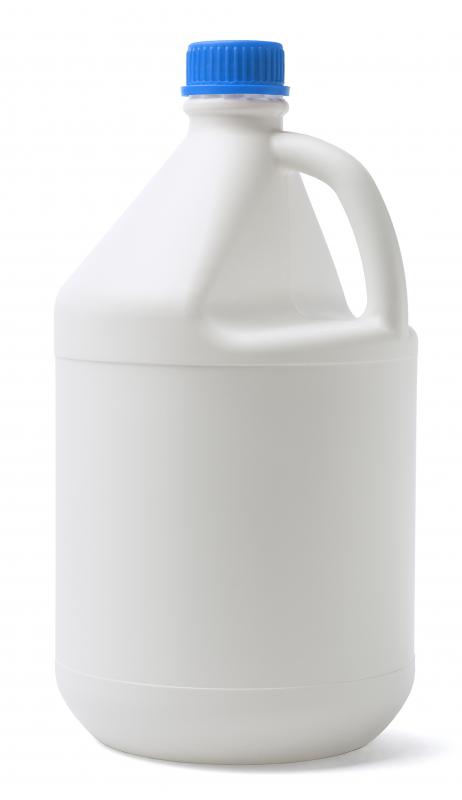At HomeQuestionsAnswered, we're committed to delivering accurate, trustworthy information. Our expert-authored content is rigorously fact-checked and sourced from credible authorities. Discover how we uphold the highest standards in providing you with reliable knowledge.
What Are the Best Tips for Pruning Hebe?
Hebe is a genus of hardy bushes that does not require a great deal of care. Most bushes can do with a light pruning and regular dead-heading but only when they become straggly, untidy or have been exposed to extreme weather conditions such as snow and ice do they need more dramatic care. Pruning Hebe is a matter of cutting back the damaged or dry stems until the appearance of new growth.
Pruning Hebe should always start with the dead-heading of old flowers as this both extends the flowering period as well as encourages fresh growth later in the year. Then, any dry or weather-damaged stems should be cut back but only until there are signs of new shoots as these will form the basis of new branches. Regular light pruning lessens the risk of the plant becoming overgrown and unmanageable later on. Some Hebe can become woody underneath a lush top growth so while they may look good for a while, the problem will soon become apparent.

There are different types of Hebe and pruning depends on whether the plant is of the smaller-leaved variety or the larger-leaved one. The Hebe Tricolor is not as hardy as the other types and usually requires quite a severe pruning especially after a hard winter. Smaller-leaved varieties usually need only a light trim in order to keep an orderly shape but the larger-leaved Hebe needs some more attention.
Some Hebes are grown mainly for their foliage and these plants usually not only survive but flourish with regular pruning, particularly if they have been neglected. Pruning Hebe grown for flowers should normally only be done if there is dead, diseased or weather-damaged growth. A light trim can also have the effect of encouraging a bushier growth so this will improve the appearance of the plant if done regularly.
The best time for pruning Hebe is at the end of winter but just before the new growth of spring. Regular pruning prevents the Hebe from becoming leggy with exposed bottom branches and top heavy foliage. A hard cutting back on a Hebe which has not been regularly pruned may be enough to kill the plant. Any hard pruning should be done in stages as the plant grows and each time it is a good idea to cut away only a third, wait for new growth and then repeat the process.
AS FEATURED ON:
AS FEATURED ON:











Discussion Comments
@heavanet- Hebe and other shrubs often get diseases that cause branches to turn brown and die. You have to remove these branches to maintain the appearance of your shrubs, but you also have to take steps to control the spread of disease.
The article briefly mentions using bleach to clean trimming tools, which is a good idea. Mixing bleach with water in a spray bottle is an easy way to do this. You also must make sure to wipe your tools down with the bleach solution each time you cut a branch. This is the best way to prevent the spread of disease to other parts of the shrubs you are trimming.
If you don't like the idea of using bleach, you can use warm soap and water or vinegar and water instead. Though bleach is the most effective solution for killing shrub diseases, the other methods work too and are less irritating to the skin.
@ocelot60- Thanks for the tip. I have heard that trimming diseased branches can cause the problem to spread throughout the shrub. Do you have some tips for preventing this from happening when pruning Hebe?
This article makes a good point about the possible negative effects of a hard pruning hebe, because doing so can kill the plants. However, when you have dead branches in your hebe shrubs, it is important to remove them. This should be done by clipping them at the base of the shrubs, and removing the entire length of the dead branches.
Post your comments